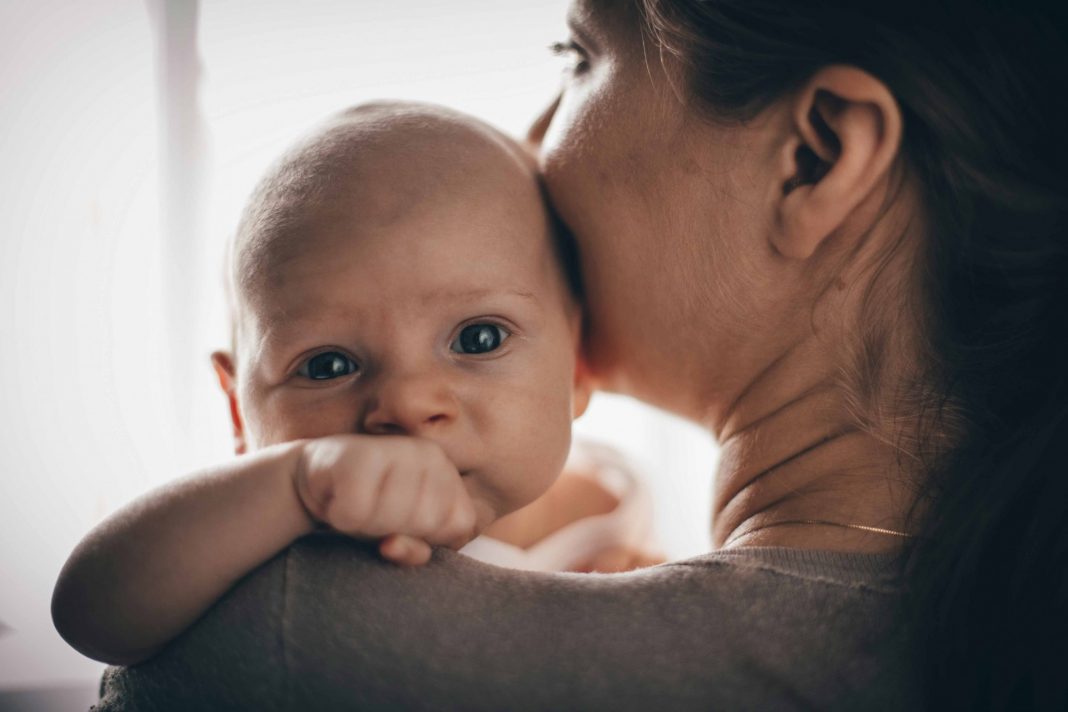One of the most unexpectedly terrifying aspects of becoming a parent to a newborn revolves around sleep.
Not the parents’ sleep (or lack thereof!) – but that of the baby.
I’ve yet to meet a parent who hasn’t laid awake at night wondering if their baby is too hot, too cold or the real heart-stopper: are they breathing?
The sudden unexpected death of a baby, when there is no apparent cause of death, is called sudden unexpected death in infancy (SUDI). This includes sudden infant death syndrome (SIDS) and fatal sleep accidents. A baby can die of SUDI at any time of the day or night, but most die quietly in their sleep.
Fortunately, incidents of SUDI and SIDS have drastically declined over the years. This decline can largely be attributed to greater awareness and understanding of safe sleep practices.
According to the Australian Institute of Health and Welfare (2022): “The rate of SIDS deaths per 100,000 live births has declined in Australia since the beginning of national public education campaigns about risk factors associated with SIDS in 1991 (AIHW 2012). Between 2007 and 2017 the rate declined from 28 per 100,000 to 6 in 2017”.
Red Nose Australia works closely with families, health professionals, childcare settings, first responders and many others on a daily basis to promote safe sleeping practices.
The national charity provides hundreds of face-to-face and online education sessions every year, are a fixture at national expos around pregnancy and infant health, and contribute to a number of advisory committees and working groups to shape policy and advocate for infant and child safety.
Bec Thornton, National Health Promotion Manager at Red Nose Australia says the Red Nose Safe Sleep Recommendations have been instrumental in reducing the SUDI rate by more than 80 per cent.
“These recommendations are based on the best available evidence and are regularly reviewed to ensure they reflect the most up-to-date research,” she said.
“Every life saved by these recommendations is one less family facing the unimaginable loss of a much-loved little person.”
“Back in my day …”
Regular, consistent messages about how to sleep babies safely has had a massive impact on saving little lives.
New parents in Australia are generally given plenty of reminders about safe sleep from hospitals, parenting groups, and health professionals.
But awareness may not be so strong in grandparents or other older carers who may have raised in children in the days before safe sleep practices were understood.
“It is not uncommon to hear grandparents or other family members remarking that they slept their babies on their tummies and never had any problems,” Ms Thornton said.
“However, we know that the safe sleep recommendations have resulted in a significant decrease in the number of SUDI deaths every year in Australia.”
Directing family members to more information from reputable sources such as Red Nose can help them understand the science behind the recommendations.
For example, Red Nose has created a resource specifically for grandparents at rednose.org.au/article/grandparents-and-safe-sleeping.
“Anyone caring for a baby can also call the Safe Sleep Advice Line on 1300 998 698 for more information, or to ask a question,” Ms Thornton said.
Safety on the go
Coming into the summer season, when many families enjoy travelling, it’s important to remember that safe sleep is not just for the home.
“Travelling with a baby can be both exciting and sometimes challenging,” Ms Thornton says.
“But with a bit of planning, families can ensure they follow the safe sleep recommendations no matter where they are.”
Some important considerations when travelling with bub include:
- Pack a selection of clothing, sleep bags and wraps that caters to different temperatures, as over-heating increases the risk of SIDS.
- Take a portable cot that meets Australian standards and is in excellent condition with a well-fitting mattress with you, or call ahead to your accommodation to check that one is available. This ensures your baby will have their own safe sleep space wherever you are.
- Remove baby from their car seat or pram as soon as you reach your destination and settle them into a safe sleep space.
- Follow the same safe settling routine for every sleep, including putting baby to sleep on their back with their head and face uncovered, in their own safe sleeping space in the parent or caregiver’s room.
Spreading awareness
Ms Thornton says pharmacy staff are well positioned to provide trusted advice to parents.
“In particular, parents may have questions about products commonly sold in pharmacies such as pacifiers, swaddles, and baby clothing,” she said.
“Being aware of the safe sleep recommendations, reminding parents of these at the time of purchase, and directing parents to reliable resources such as Red Nose with any questions is incredibly helpful.”
The most important thing that pharmacy staff can do, she adds, is to remain informed on safe sleep practices.
For more up-to-date advice on safe sleep visit rednose.org.au or call Red Nose’s Safe Sleep Advice on 1300 998 698 between 9am and 5pm Monday to Friday (AEST).
This feature was originally published in the September issue of Retail Pharmacy Assistants e-magazine.






